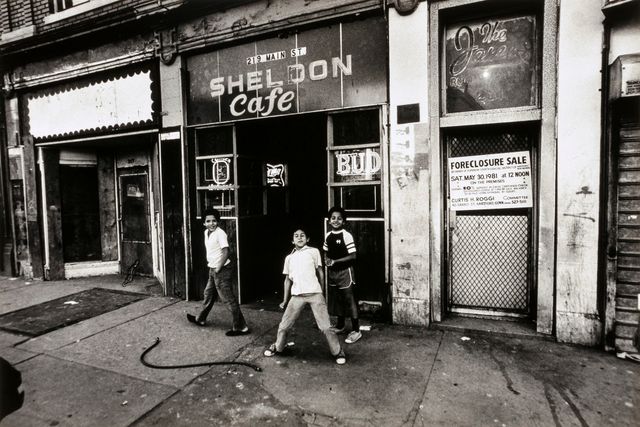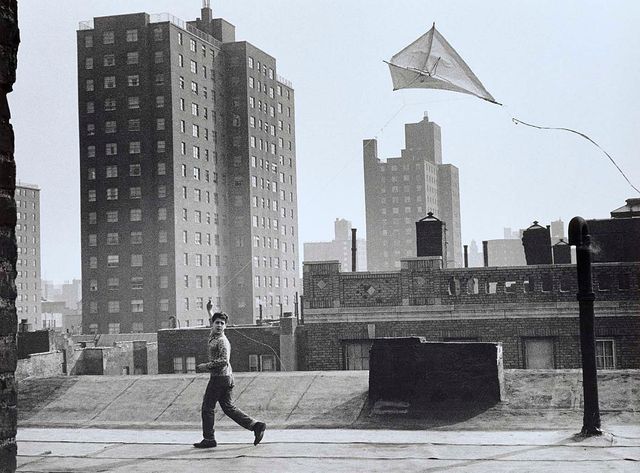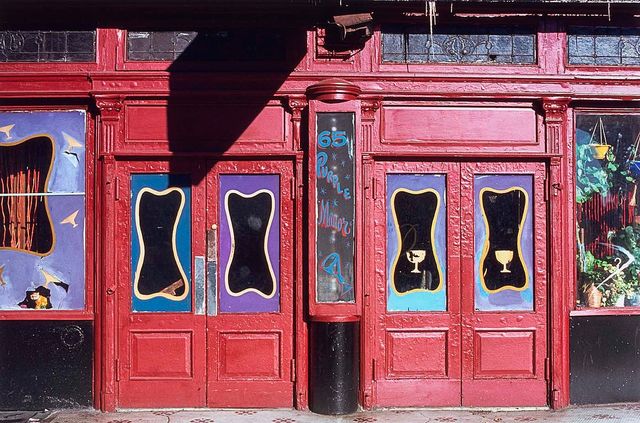The American city underwent unprecedented transformations after World War II. As middle-class populations shifted to the suburbs and new highways cut through thriving neighborhoods, many cities began to experience economic and social disintegration, especially in Black, Latino, and working class communities.
Down These Mean Streets: Community and Place in Urban Photography unites the work of ten artists who critically reflect on the state of urban America primarily between the 1960s and early 1980s, when government initiatives that sought to address the needs of cities in crisis sparked public debate. The title is drawn from Piri Thomas’s classic 1967 memoir Down These Mean Streets. Like Thomas, their work challenges perceptions of embattled cities and explores the human narratives that unfolded in communities across the United States.
This exhibition examines how Latino photographers, many of whom came of age in urban neighborhoods, frame their environment. They approach the street not as detached observers but as engaged participants by turning to portraiture, urbanscapes, serial photography, or unconventional manipulations of the photographic image. Many contribute to a long tradition of socially driven documentary photography. Others adopt conceptual strategies or use color photography to capture a less romantic image of the American city. Their work reexamines neighborhoods often viewed as places of social decline and affirms the strength of community in urban America.
The Latino Initiatives Pool of the Smithsonian Latino Center provided generous support for the new acquisitions featured in this exhibition. The Bernie Stadiem Endowment Fund supports the installation and programs.



















